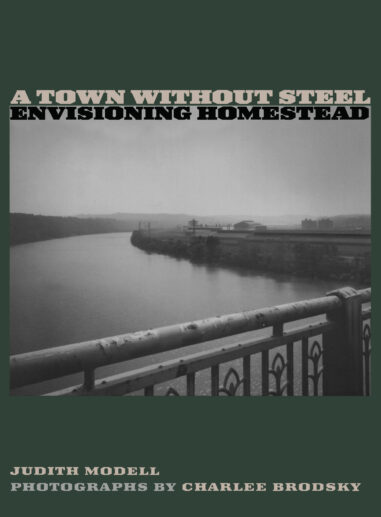
Paperback $60.00
Request Exam or Desk Copy. Request Review Copy
A Town Without Steel
Envisioning Homestead
"In 1986 after three generations grew used to reaping the benefits of well-paying, unionized jobs, the mills closed. They were razed soon after that, leaving a vast empty expanse down by the river and a vast empty hole in the economy of the region. As morale plummeted, so did the constitution of the town, which brings us to today's situation: Homestead, a town without steel, struggling for a new identity and a chance to survive intact. . . . The hundred -year journey undergone by the people of homestead is grippingly chronicled in documentary fashion by Judith Modell, who spoke to several dozen residents in this town of 42 churches. From their running commentary, she pieces together a saga both heroic and tragic: The people who built the American way of life suffer the most from its consequences. . . . There are probably plenty of other books chronicling the history of the Pittsburgh region and its famous, now-defunct industry, but A Town Without Steel is probably one of the few to do so with a personal touch and the intelligence of an academic source book."repeated quote: "There are probably plenty of other books chronicling the history of the Pittsburgh region and its famous, now-defunct industry, but A Town Without Steel is probably one of the few to do so with a personal touch and the intelligence of an academic sourcesbook. After reading it I felt as if I'd taken a whole course at Pitt on the subject and learned something without paying for all the credits. With such enlightenment at hand, A Town Without Steel is a must-read for anyone interested in the history our region and won't remain unperused on anyone's coffee table for long."—In Pittsburgh Newsweekly, 12/16/98

